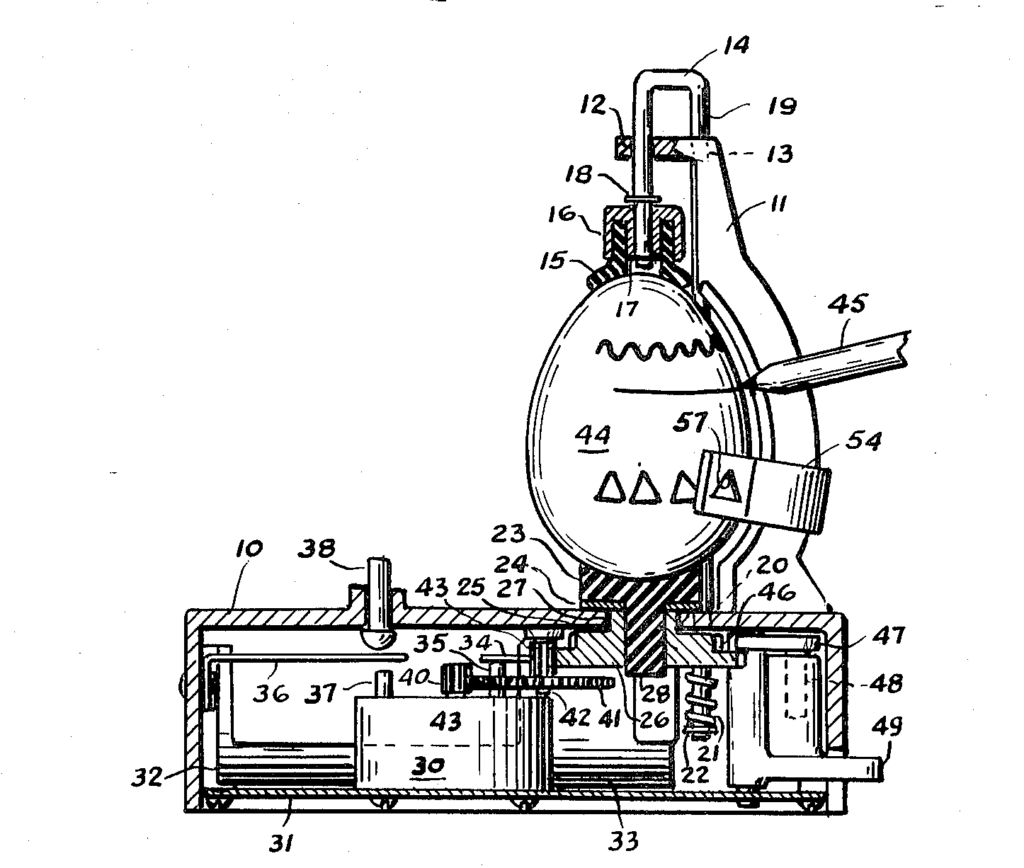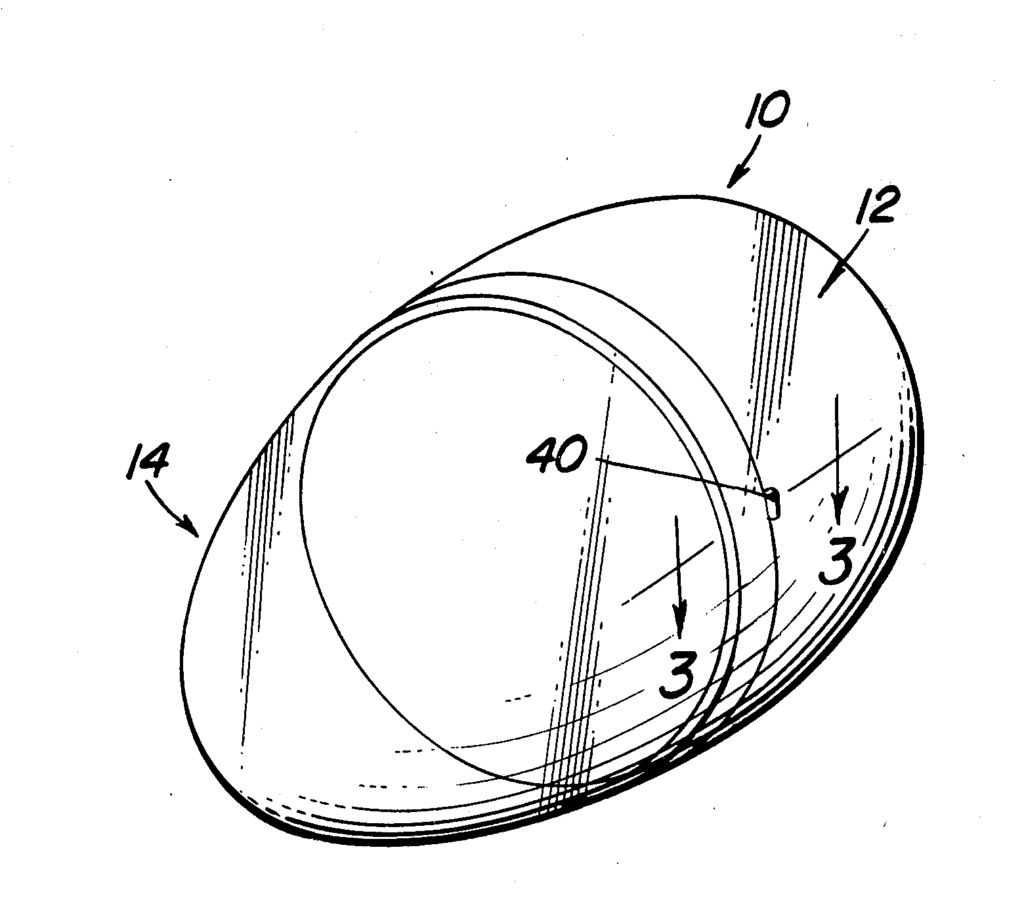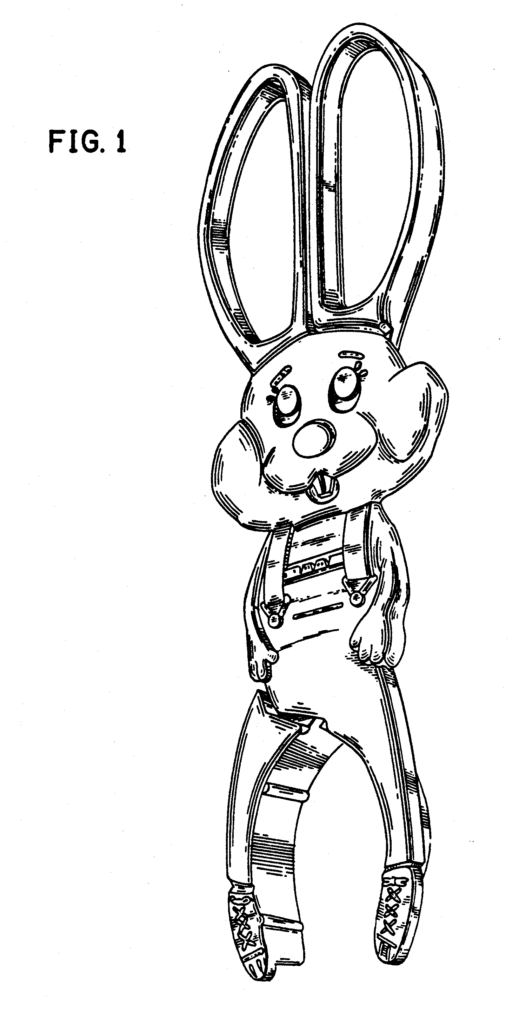In Hyatt v Hirshfeld, [2018-2390, 2018-2391, 2018-2392, 2019-1038, 2019-1039, 2019-1049, 2019-1070] (June 1, 2021), the Federal Circuit vacated and remanded the district courts determination that the Patent and Trademark Office failed to prove prosecution laches, retaining jurisdiction over anticipation and written description issues.
Appellant Hyatt is the named inventor on 399 patent applications, 381 of which he filed during the “GATT Bubble” the period before the changes in law changed the term of a patent from 17 years from issuance to 20 years from filing. At issue were four of Hyatt’s applications relating to various computer technologies, and claiming priority to applications filed in the 1970s and 1980s. On October 24, 1995, about five months after Hyatt filed his GATT Bubble applications, PTO group Director Nicholas Godici met with Hyatt to discuss the applications. Director Godici asked Hyatt, and Hyatt agreed, to focus each application’s claims on distinct subject matter. As a result. Hyatt’s the number of claims in Hyatt’s application grew to 115,000, including approximately 45,000 independent claims. The four specific applications at issue included a total of 1,592 claims (an average of 398 claims per application). From 2003 to 2012, the PTO stayed the examination of many of Hyatt’s applications pending litigation. In 2013, the PTO resumed examination of Hyatt’s applications, and created an art unit, comprised originally of 12 experienced examiners dedicated to examining Hyatt’s applications.
To facilitate the examination process, from August to October 2013, the PTO issued 11 notifications to Hyatt called “Requirements,” one for each of the 11 parent applications of Hyatt’s Gatt Bubble applications. The PTO instructed Hyatt to (i) select no more than 600 total claims to pursue for each of the 11 specifications; (ii) identify the priority date and support for that date with respect to each chosen claim; and (iii) submit a clean copy of the claims. The applications were eventually finally rejected, Hyatt appealed to the PTAB, making some progress, and in 2005 initiated actions under 35 USC 145 in the U.S. District Court for the District of Columbia on some of the applications, and additional 145 actions on the remaining applications in 2009. After cross motions for summary judgement, the USPTO filed motions to dismiss for prosecution laches. The PTO argued that Hyatt had engaged in a “pattern of delay in prosecuting his nearly 400 patent applications from 1969 through the present day — even disregarding the 9 years when the USPTO stayed Hyatt’s applications.
The PTO argued that Hyatt forfeited his patent rights by, for example, claiming priority to ap-plications more than 45 years old; bulk-filing about 400 photocopies of 11 applications in the days before the U.S.’s patent term changed on June 8, 1995; and agreeing to focus each application on a different invention but not doing so and later revealing that he never had a “master plan” for demarcating the applications.
Hyatt responded that his prosecution of applications other than the four at issue was legally irrelevant; that the PTO itself engaged in extensive delays in administering his applications; that the PTO did not warn him, as allegedly required, that he was in jeopardy of losing his patent rights; and that the PTO failed to prove intervening rights as necessary to establish prosecution laches. Hyatt also argued that his delays were explainable be-cause, for example, PTO rules permitted Hyatt to add and amend claims, and Hyatt did so to correctly capture his inventions and steer clear of prior art.
The Prosecution laches defense originates from two Supreme Court cases: In Woodbridge v. United States, 263 U.S. 50 (1923), the PTO agreed with Woodbridge’s request to delay the issuance of his patent for one year, but at the end of the year, the PTO neglected to issue the patent. Woodbridge waited an additional eight-and-a-half years before sending a letter to the PTO calling attention to the application and explaining that he had waited because the delay enabled him to best avail himself of the patent’s value. Woodbridge then sought to amend the specification and claims to capture related innovations that arose during the course of the delay. The Court held that, by delaying to make the term of the monopoly square with the period when the commercial profit from it would have been highest, Woodbridge forfeited the right to a patent by designed delay. The Court said:
[a]ny practice by the inventor and applicant for a patent through which he deliberately and without excuse postpones beyond the date of the actual invention, the beginning of the term of his monopoly, and thus puts off the free public enjoyment of the useful invention, is an evasion of the statute and defeats its benevolent aim.
In Webster Elec. Co. v. Splitdorf Elec. Co., 264 U.S. 463 (1924), the applicant filed a patent application in 1910. In 1915, to provoke an interference against a separate, recently issued patent, the applicant filed a divisional application copying the patent’s claims. The applicant lost the interference but then amended the divisional application by adding two new claims, claims 7 and 8, which issued in 1918 and were the subject of the litigation. The Court held claims 7 and 8 unenforceable, noting it had “no hesitation in saying that the delay was unreasonable, and, under the circumstances shown by the record, constitutes laches, by which the petitioner lost whatever rights it might other-wise have been entitled to.”
The Federal Circuit recognized the doctrine of prosecution laches in Symbol Techs., 277 F.3d at 1363, 1366–68, and applied it for the first time in In re Bogese, 303 F.3d 1362, 1363 (Fed. Cir. 2002), where the patent owner had engaged in “deliberate and consistent course of conduct that has resulted in an exceptional delay in advancing the prosecution and the issuance of a patent,” filing twelve continuation applications without amendment or addressing the reasons for the rejection and each time abandoned the previous application.
The Federal Circuit concluded that the district court misapplied the legal standard for prosecution laches in several respects. First, the Federal Circuit said that the district court failed to properly consider the totality of the circumstances. The district court stated that the totality principle does not apply in a manner as to require this Court to account for the entirety of the prosecution history of each related application from its inception to final disposition. In addition, the district court then focused predominantly on the PTO’s role in the prosecution of Hyatt’s four applications at issue and repeatedly discounted or ignored evidence showing that Hyatt’s conduct caused unreasonable and unexplained delay.
Second the Federal Circuit said that rather than analyze the evidence to determine whether Hyatt’s conduct warrants a finding of prosecution laches, the court repeatedly placed blame on the PTO for the slowness with which Hyatt’s applications were prosecuted. The Federal Circuit has said that “a delay by the PTO cannot excuse the appellant’s own delay. The Federal Circuit concluded that the district court erred by improperly focusing the analysis on the PTO’s conduct rather than Hyatt’s conduct.
The Federal Circuit concluded that the PTO’s prosecution laches evidence and arguments presented at trial are enough to shift the burden to Hyatt. Beyond merely the magnitude of Hyatt’s delay in filing his claims, The Federal Circuit found that Hyatt adopted an approach to prosecution that all but guaranteed indefinite prosecution delay. The Federal Circuit thus remanded the case to the district court for the limited purpose of affording Hyatt the opportunity to present evidence on the issue of prosecution laches, consistent with the standards set forth in this opinion.
The Federal Circuit added that to carry his burden, Hyatt must show by preponderance of evidence that Hyatt had a legitimate, affirmative reason for his delay, and quipped that it could “divine no reason in the record currently before the court that would suffice, but Hyatt is entitled as a matter of fairness to present evidence and be heard on this issue.”






